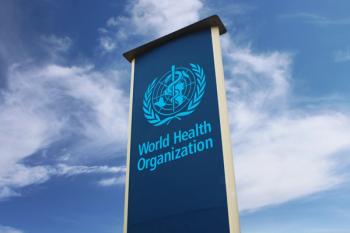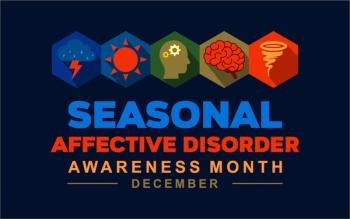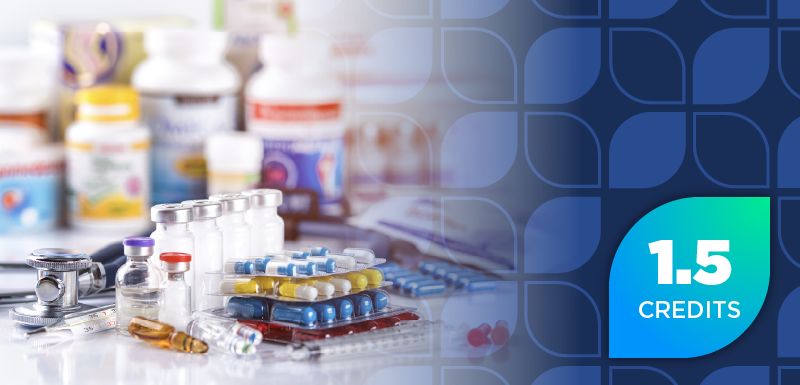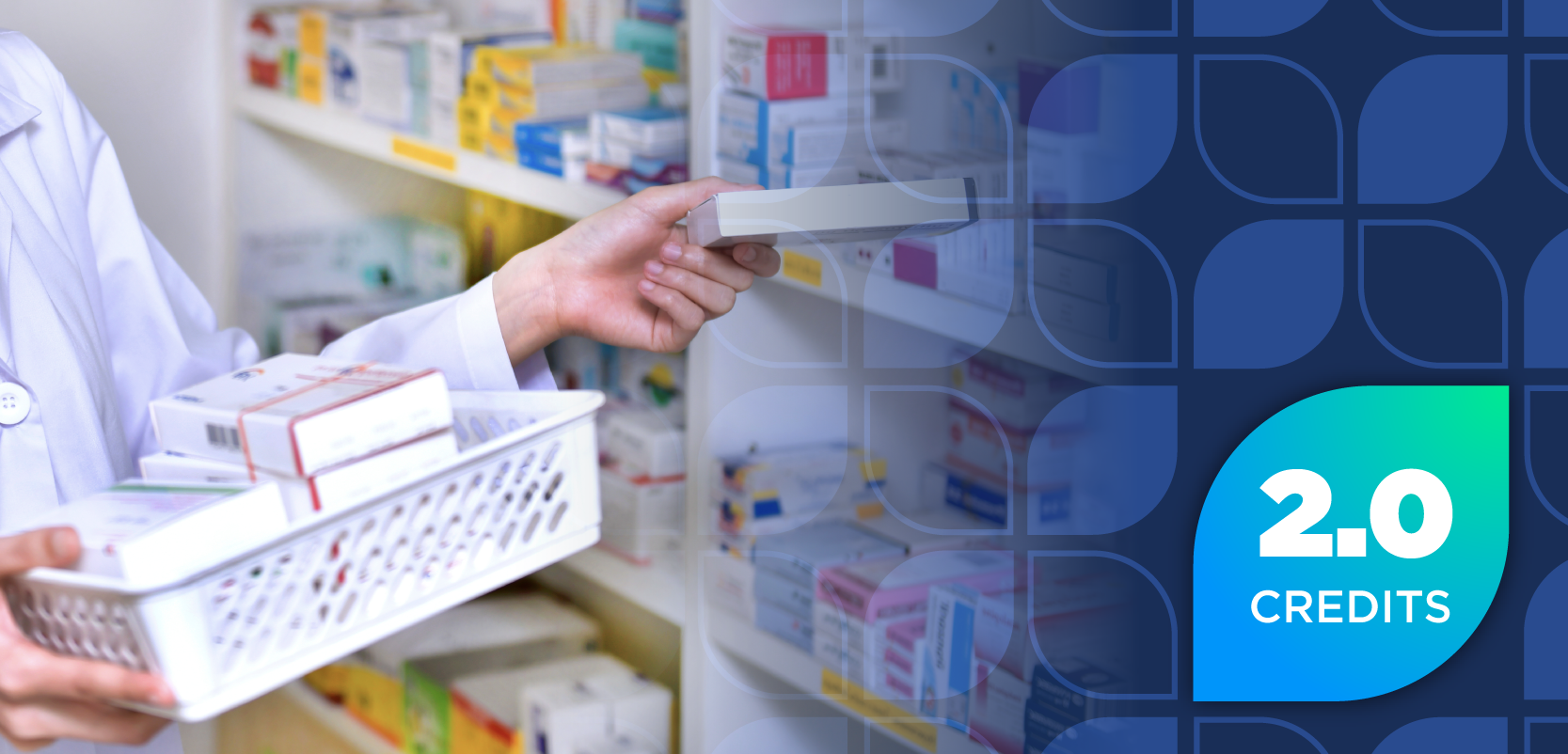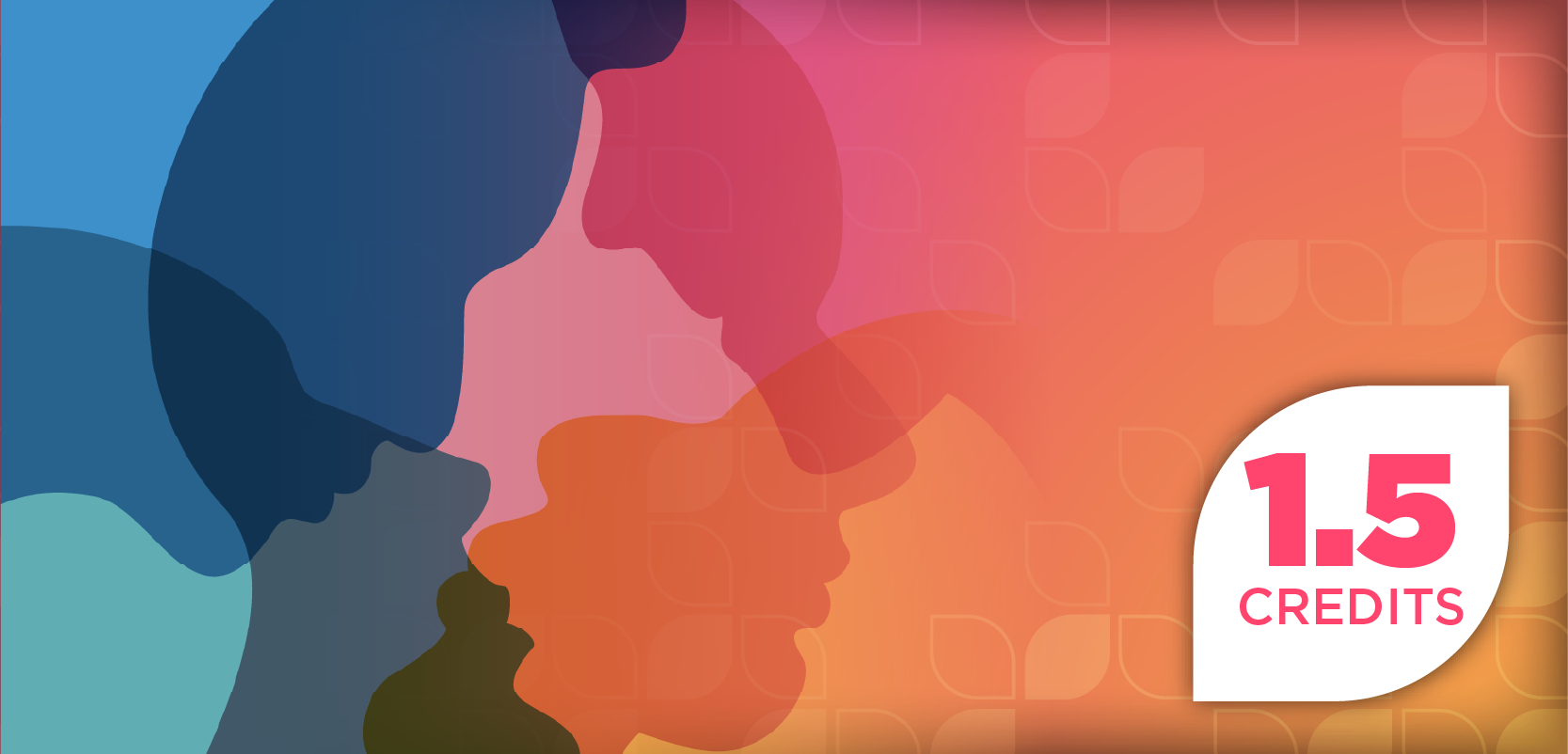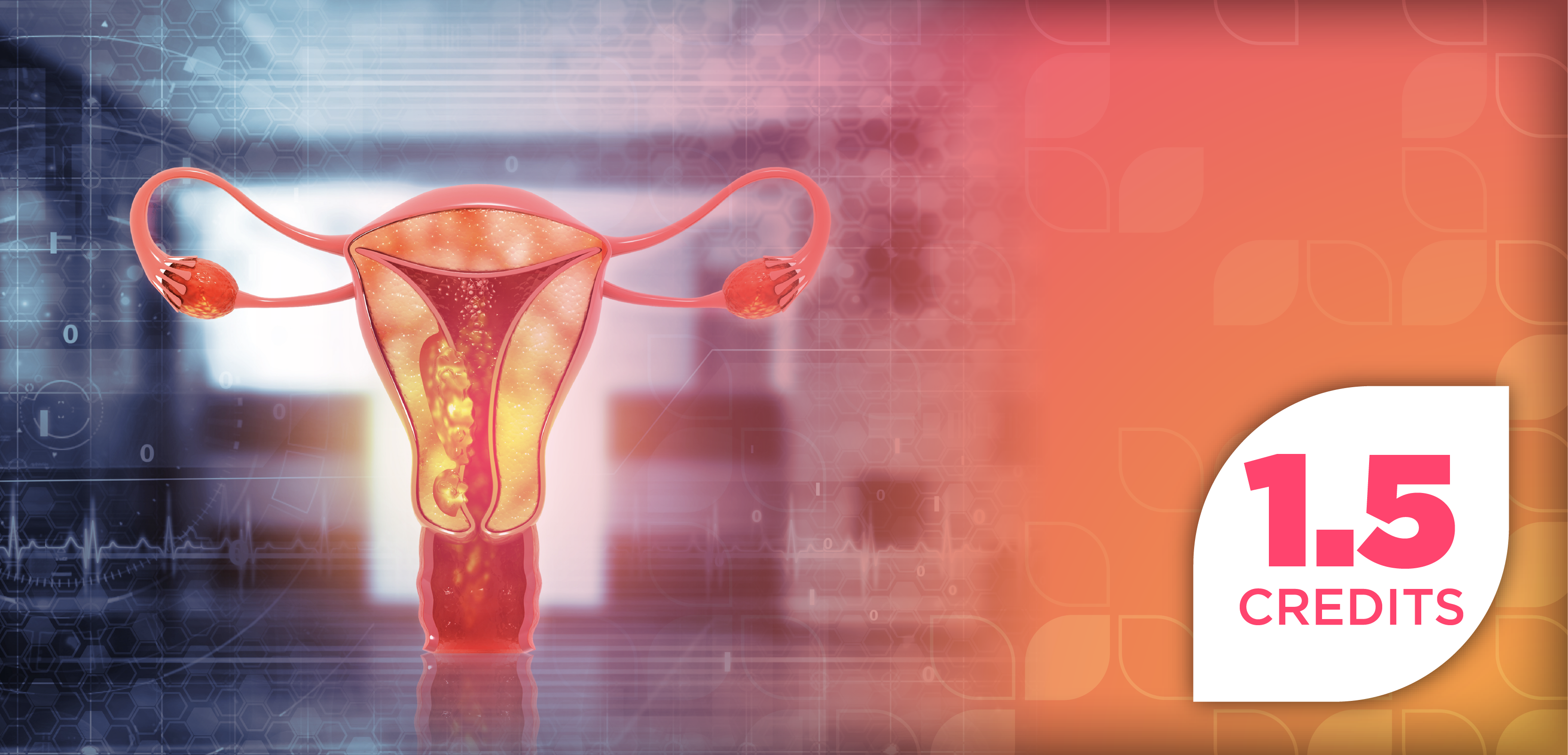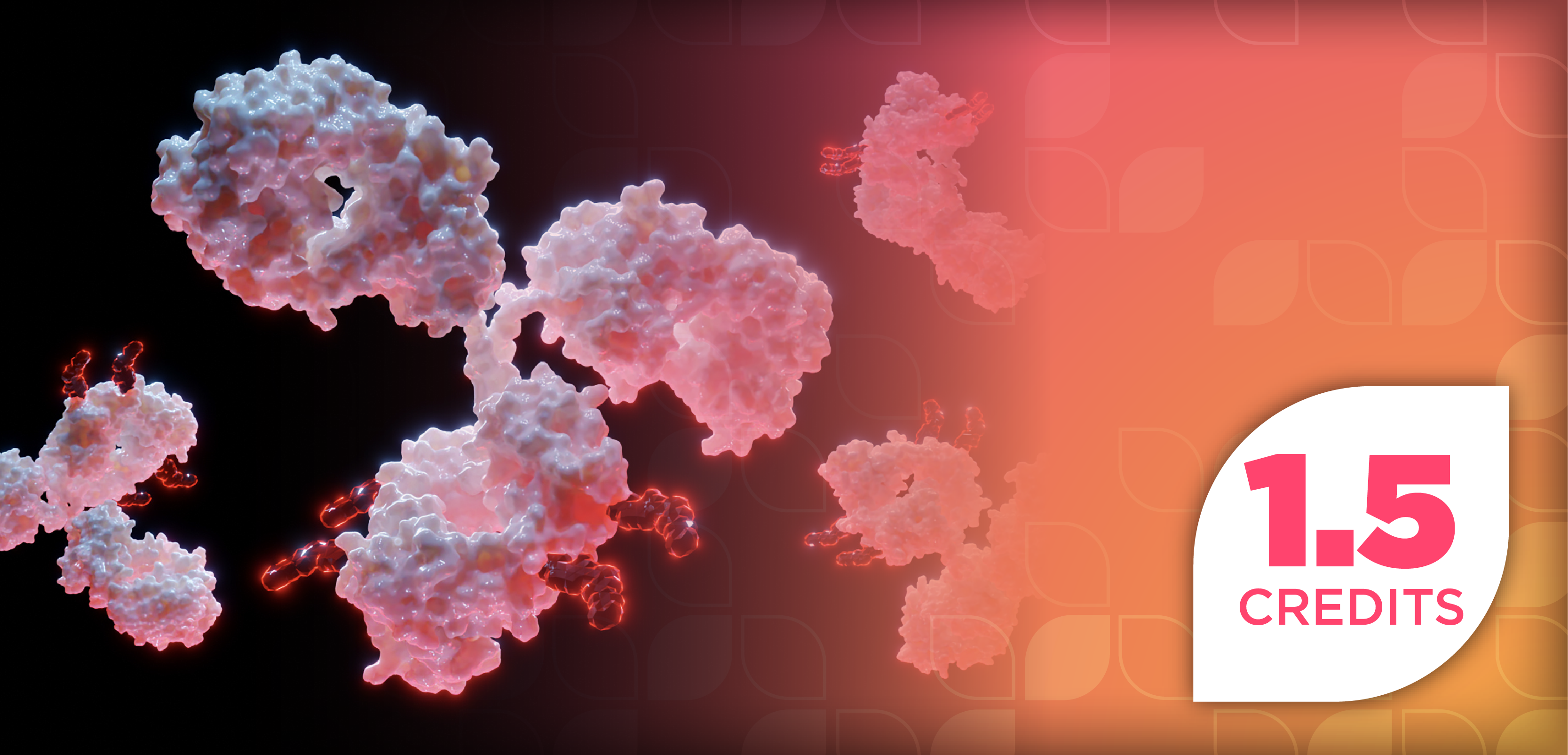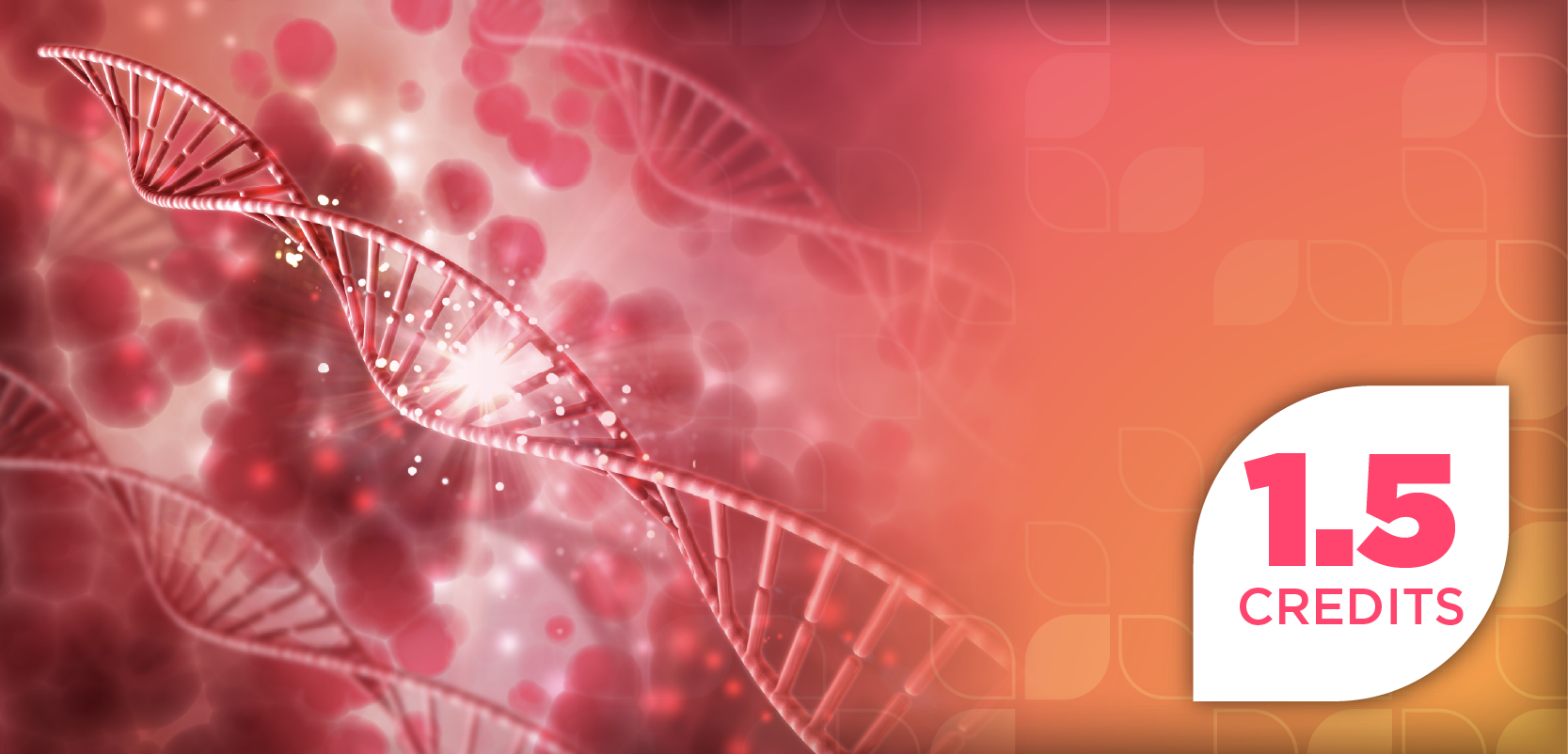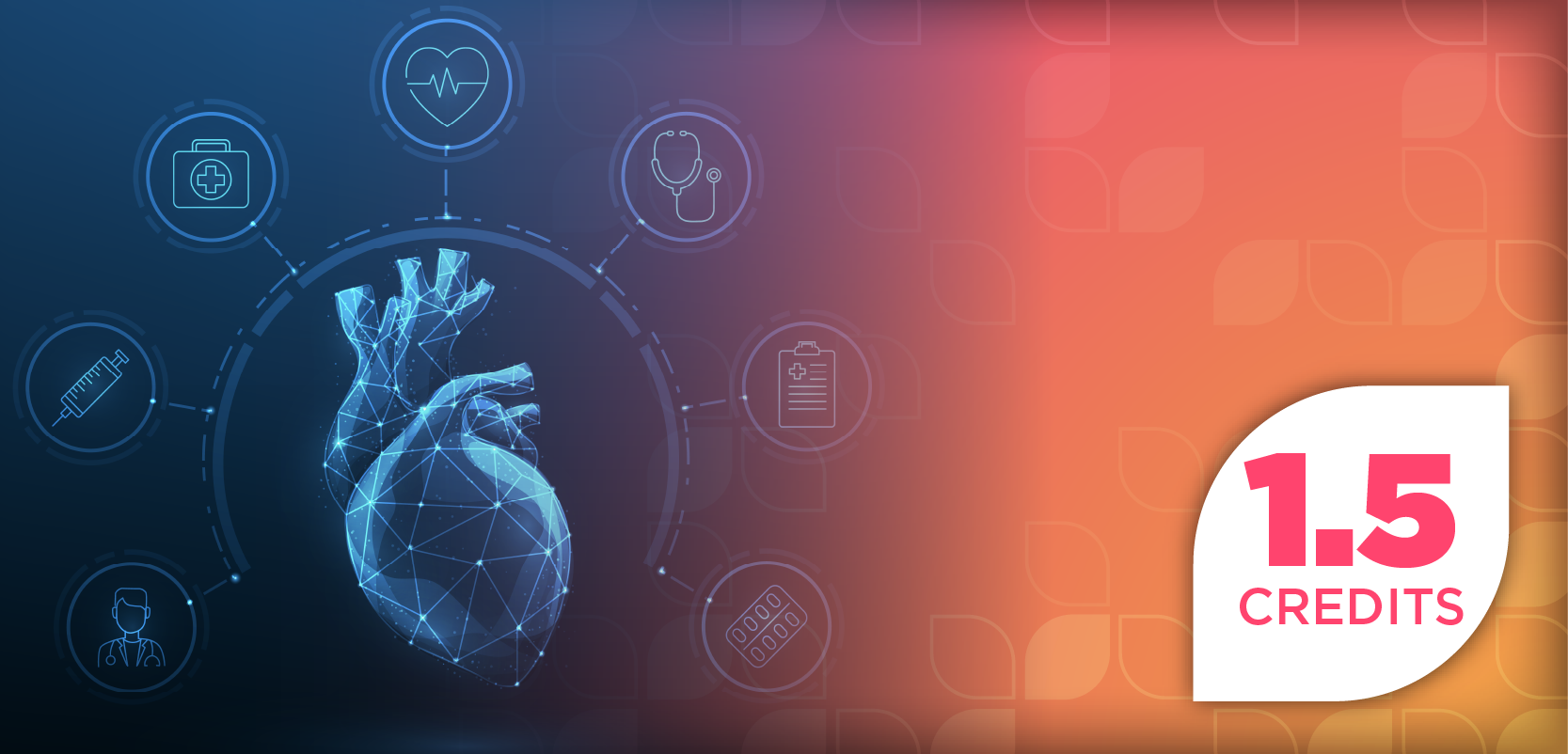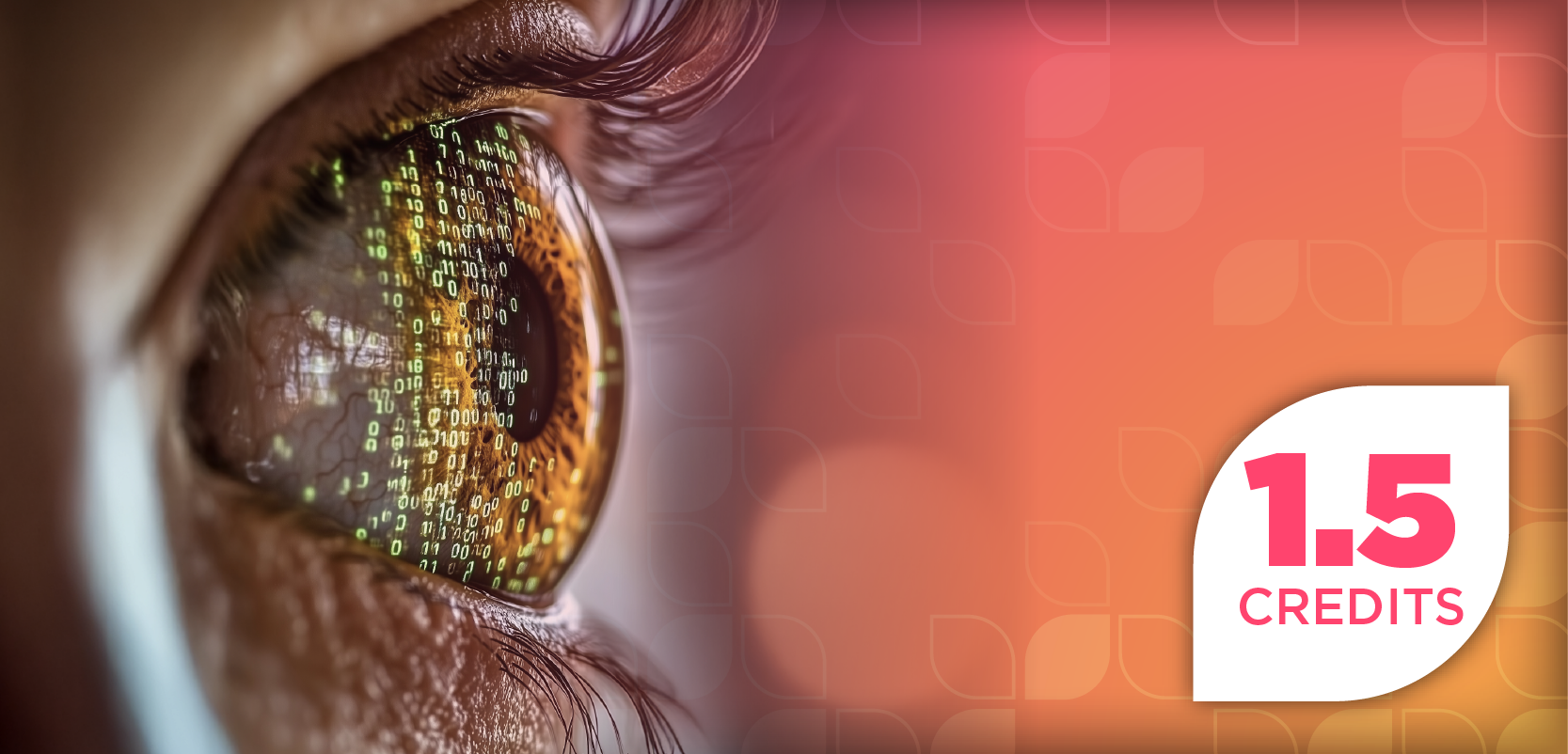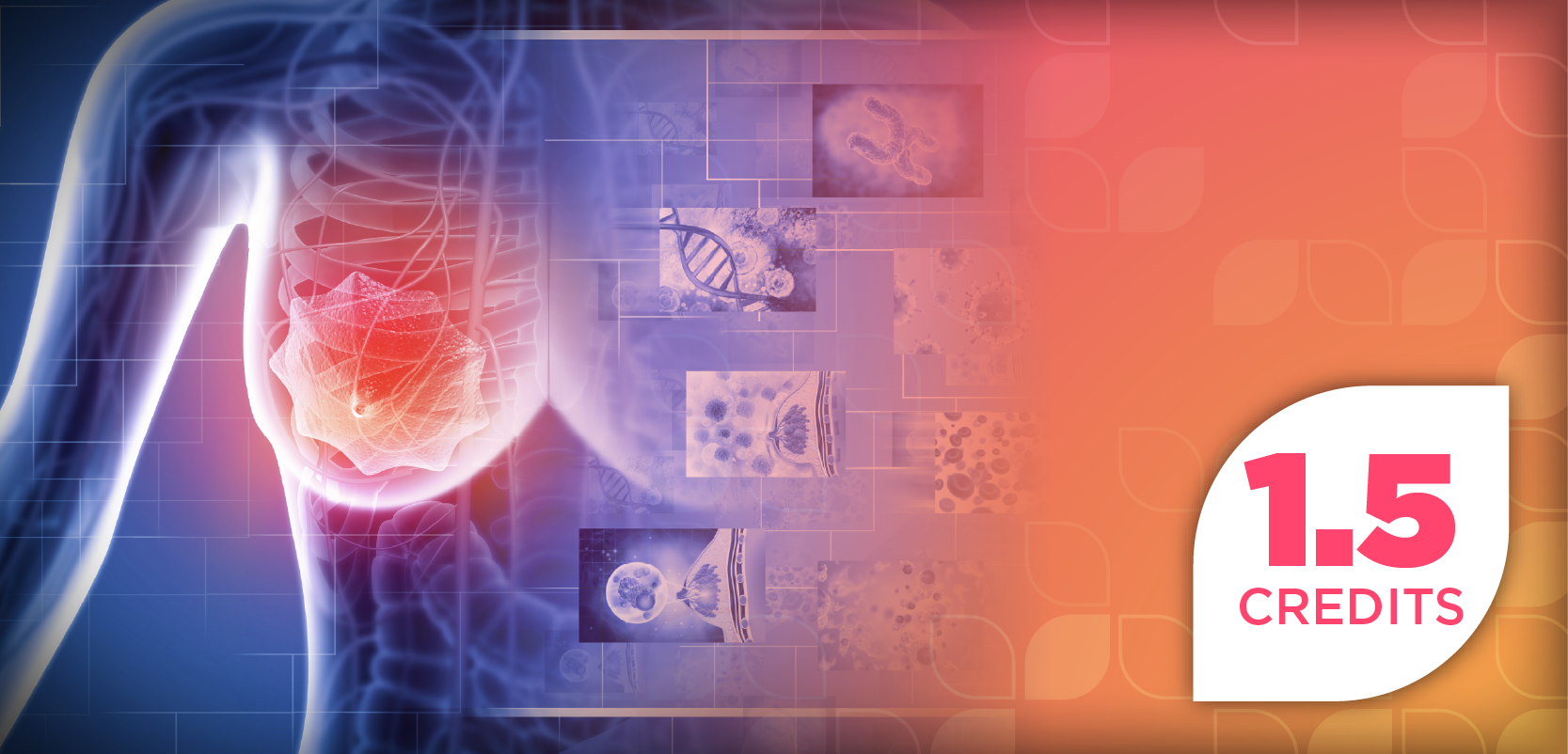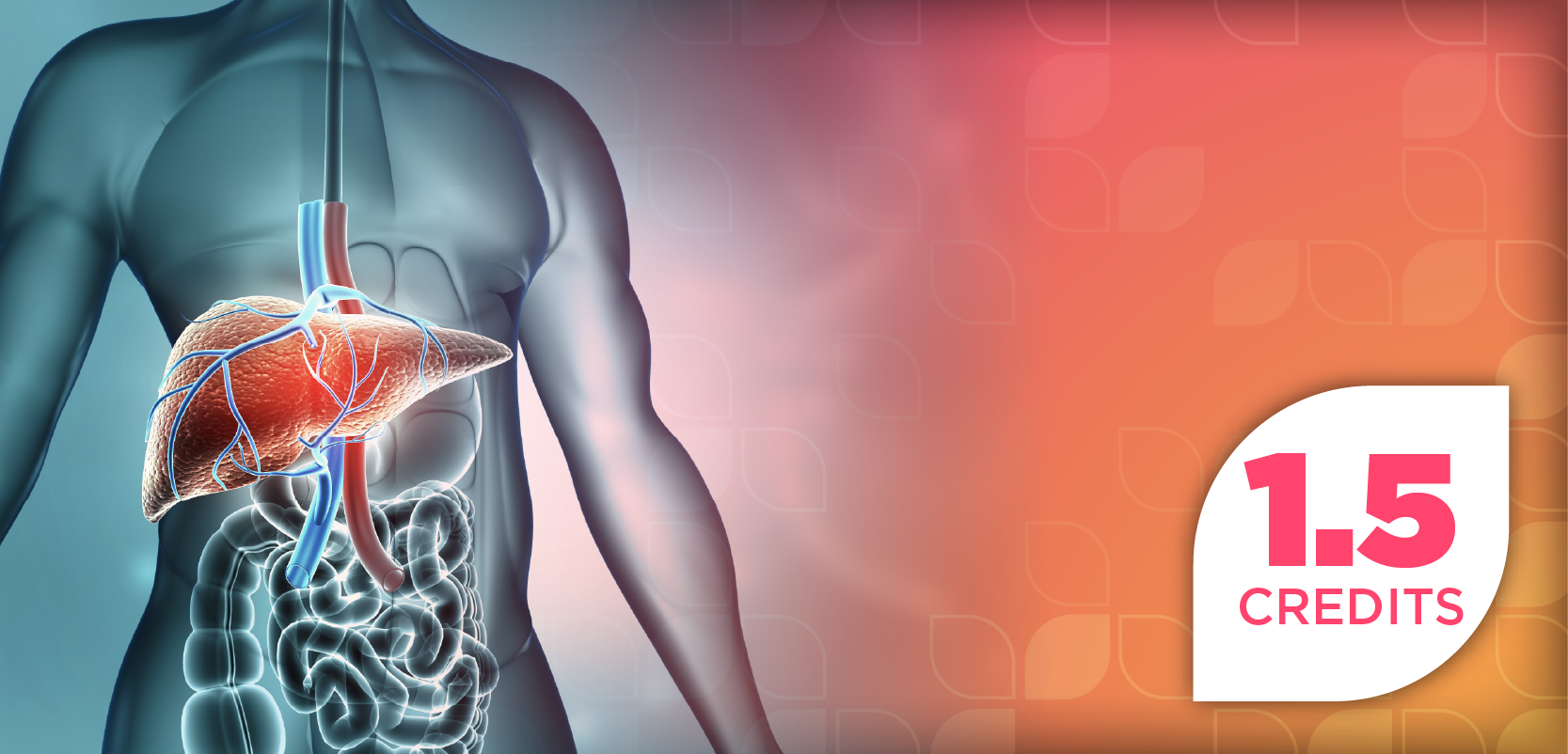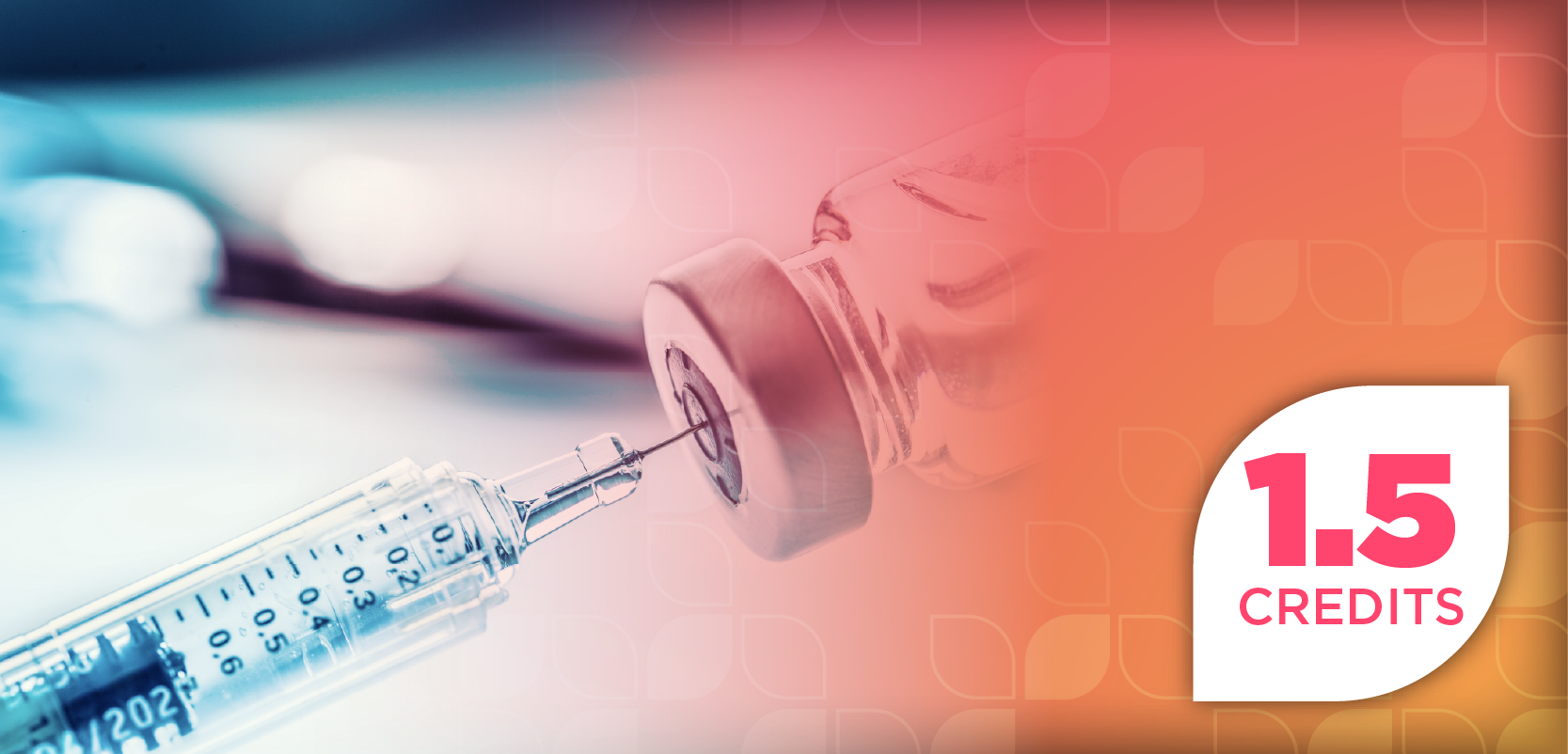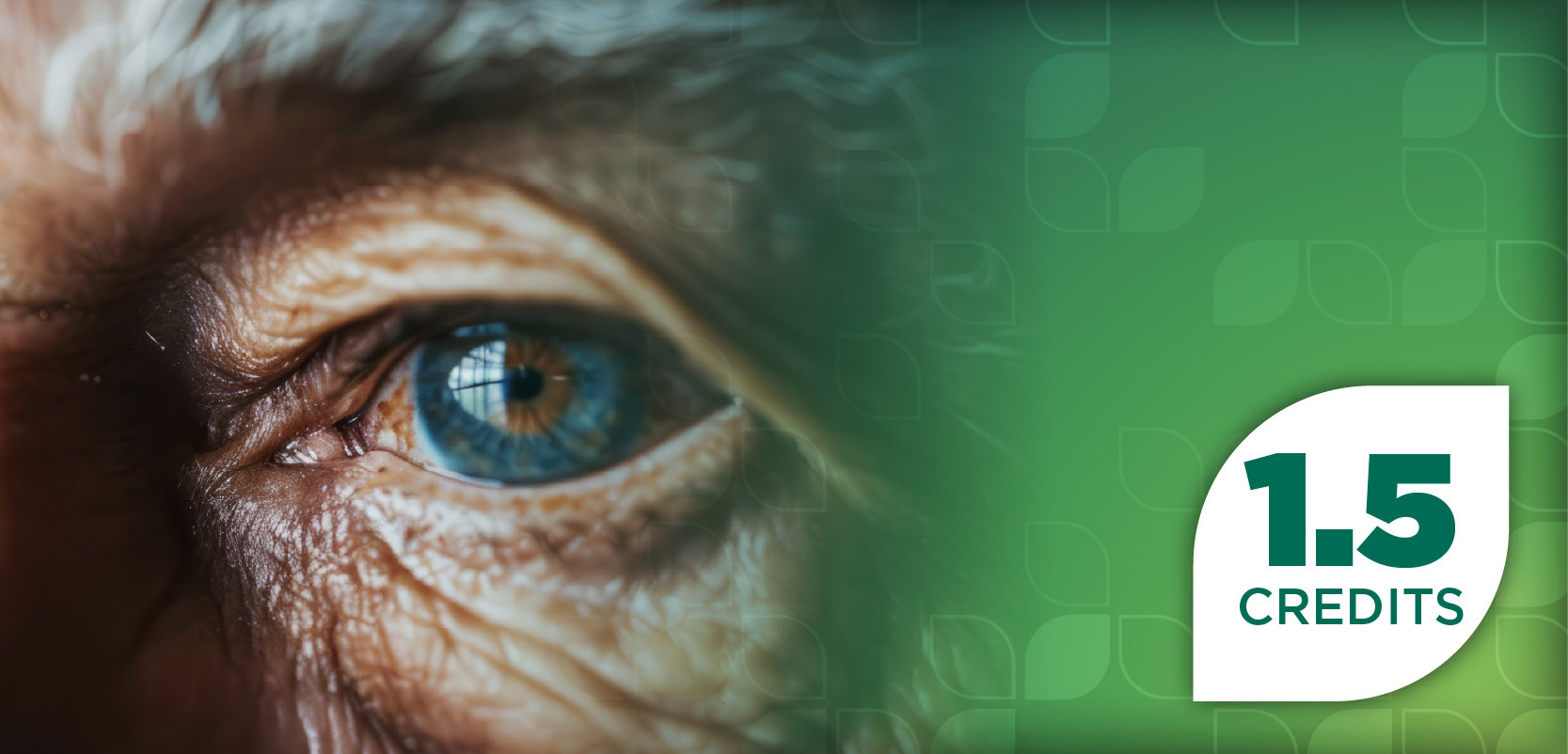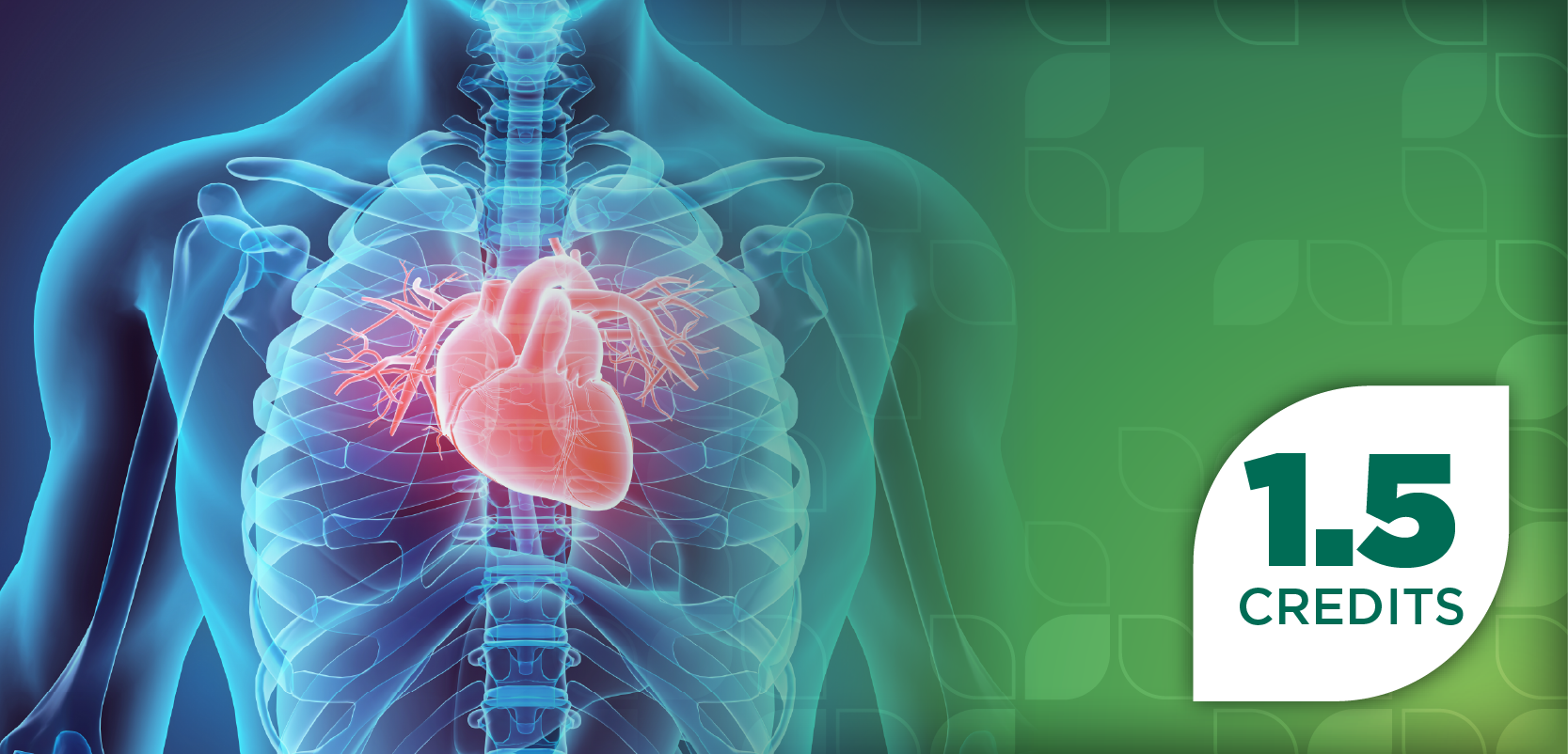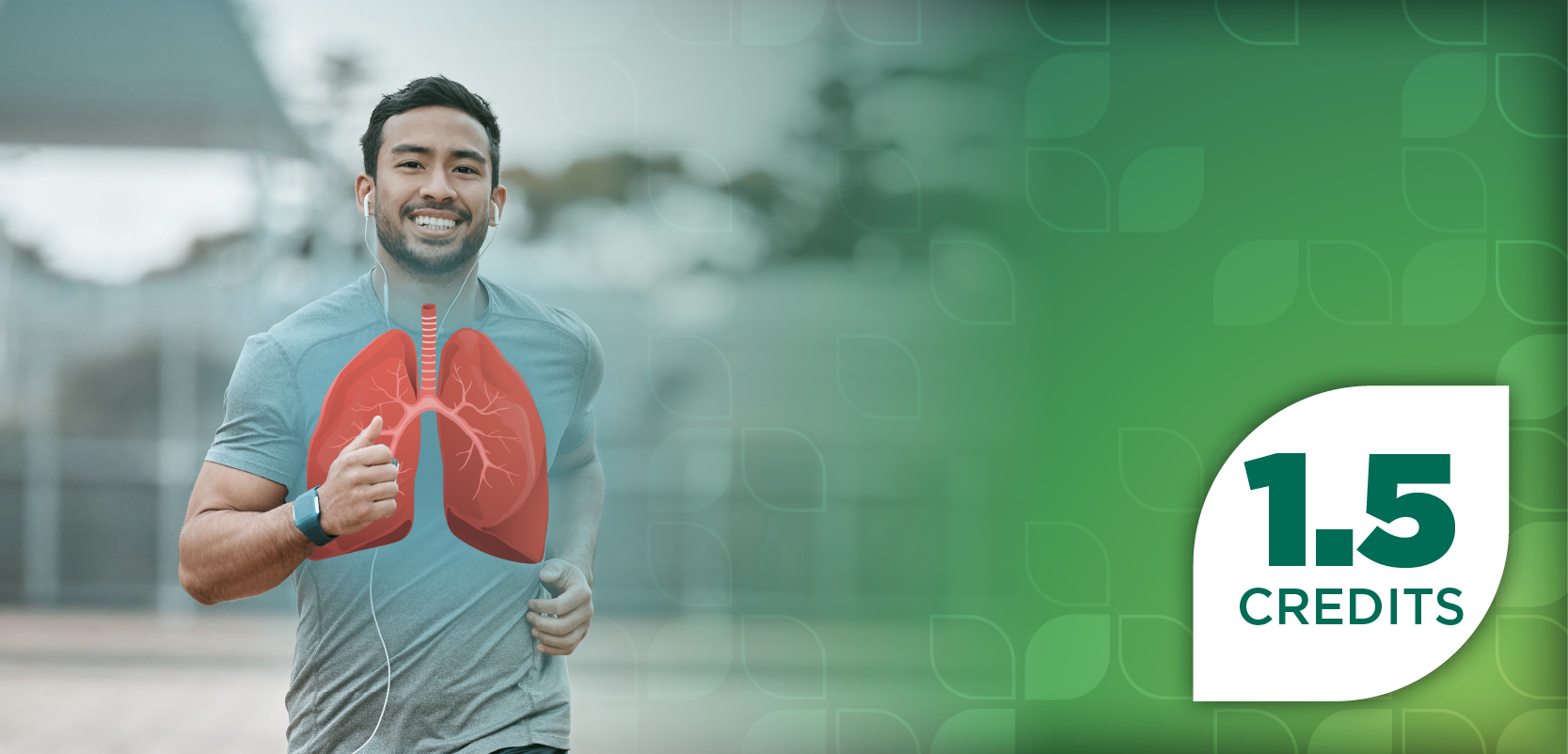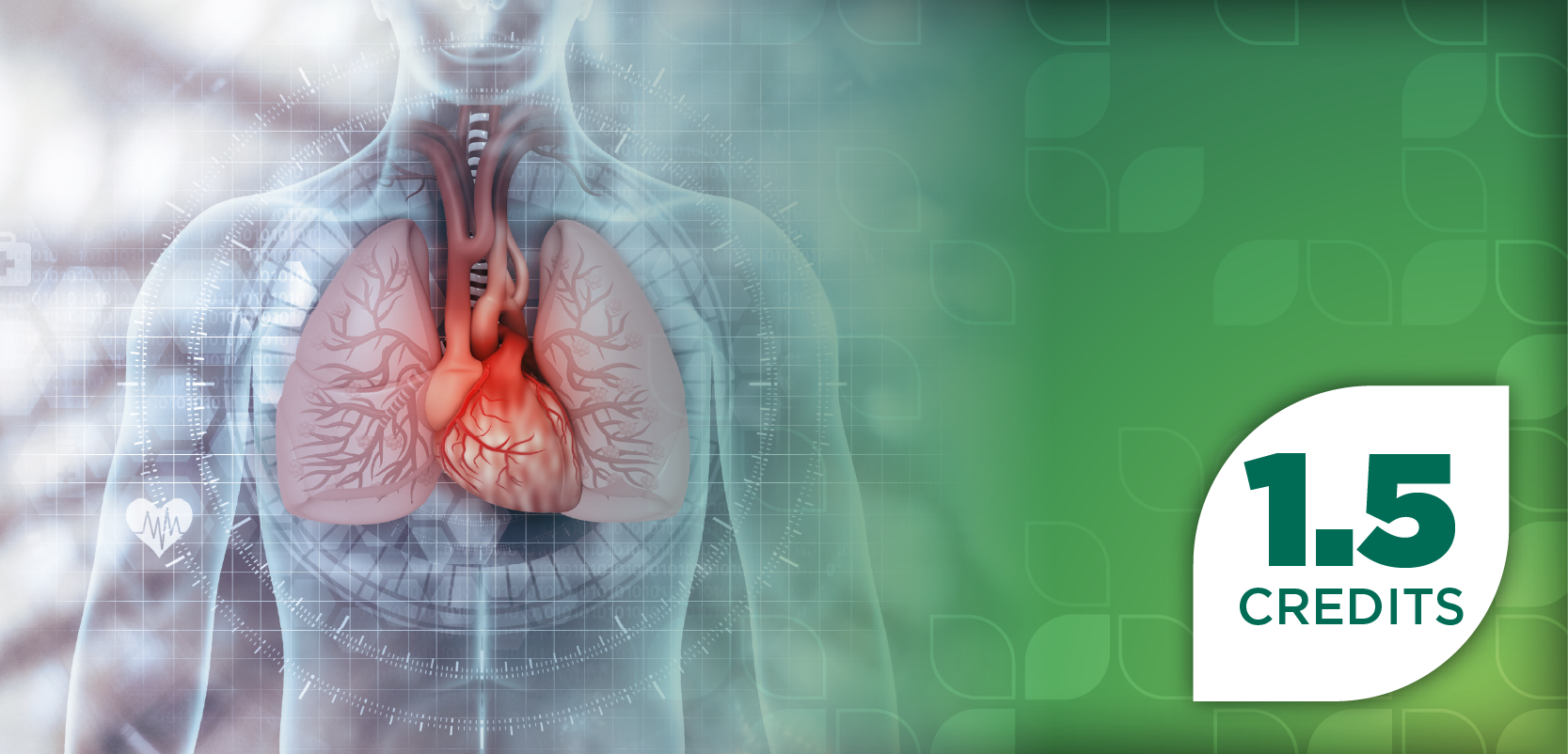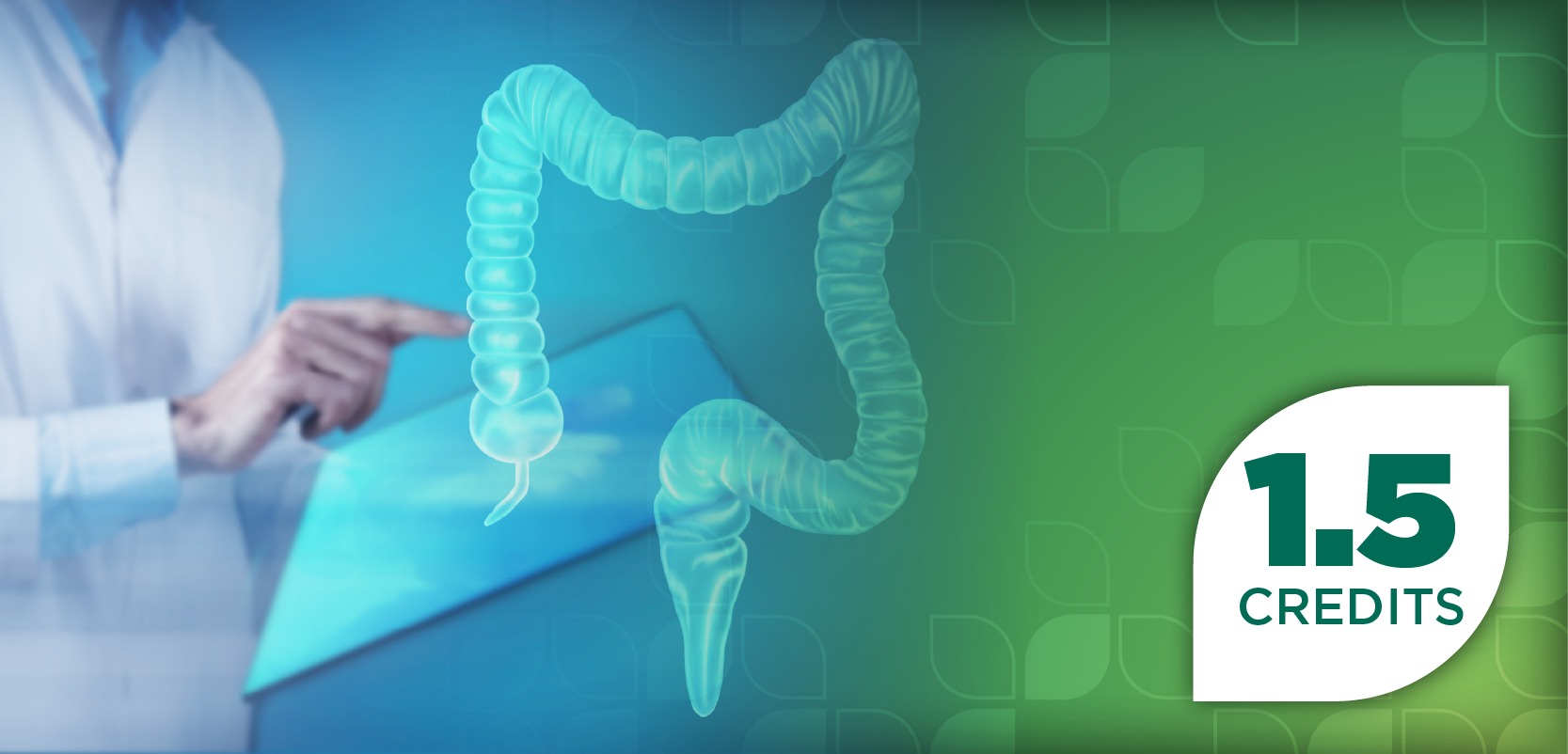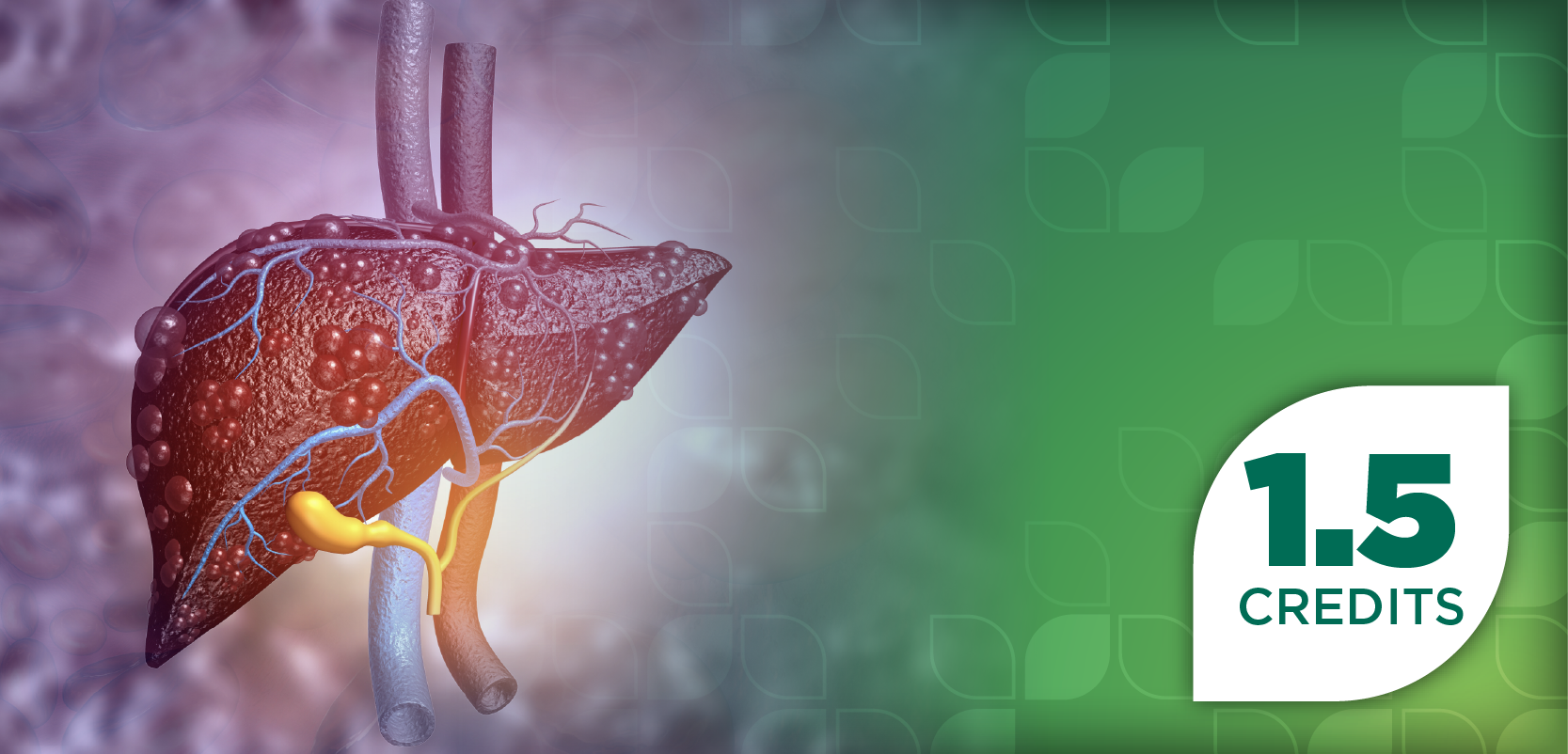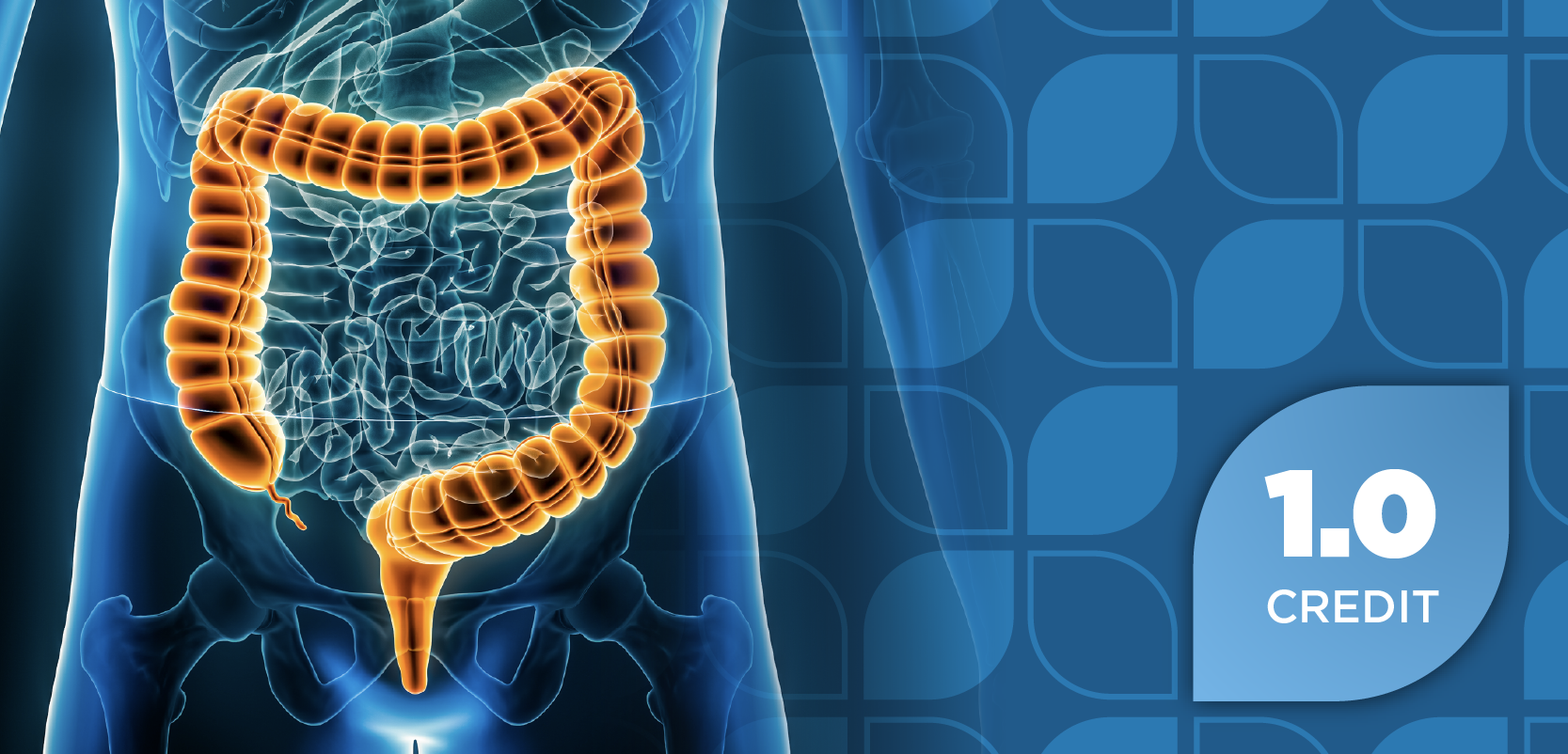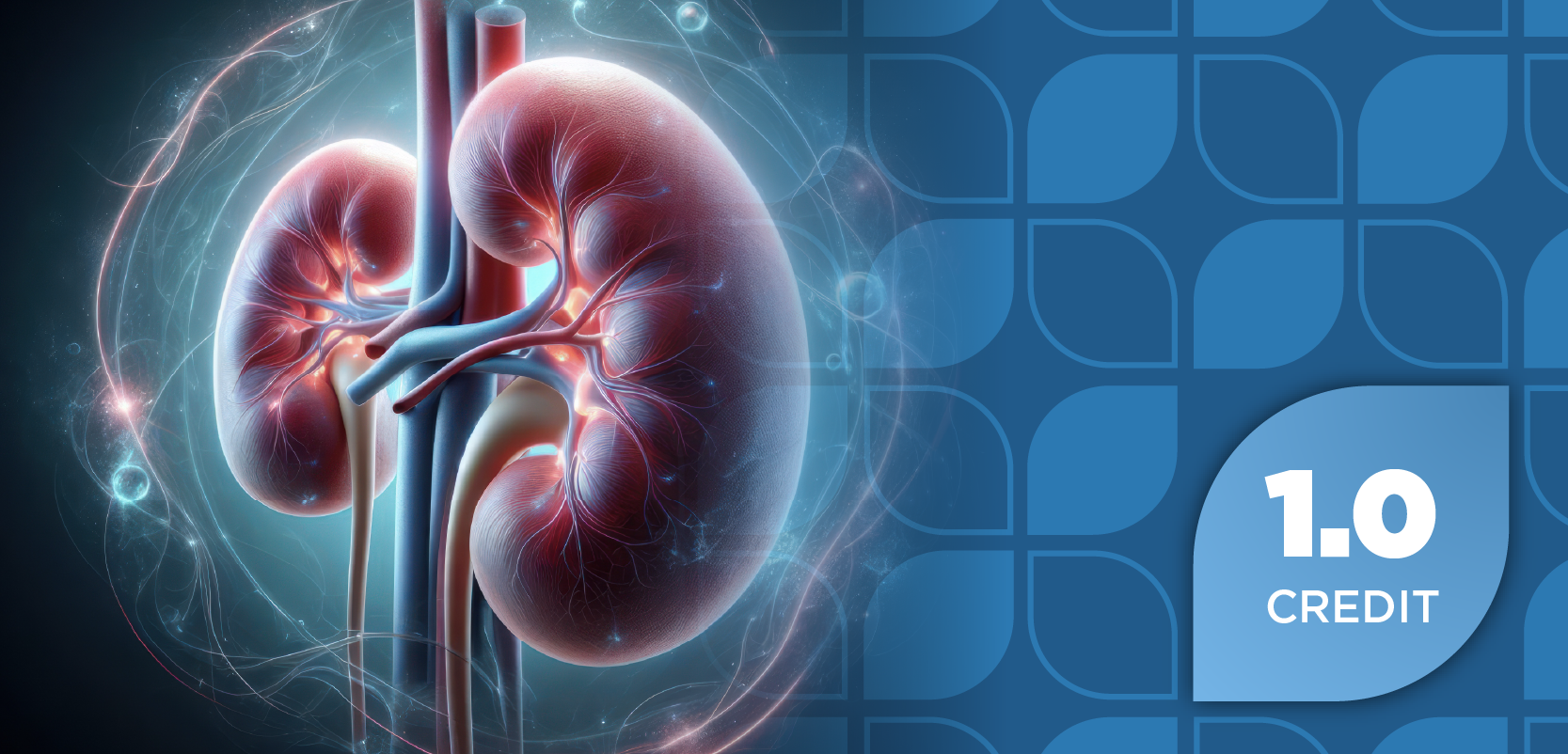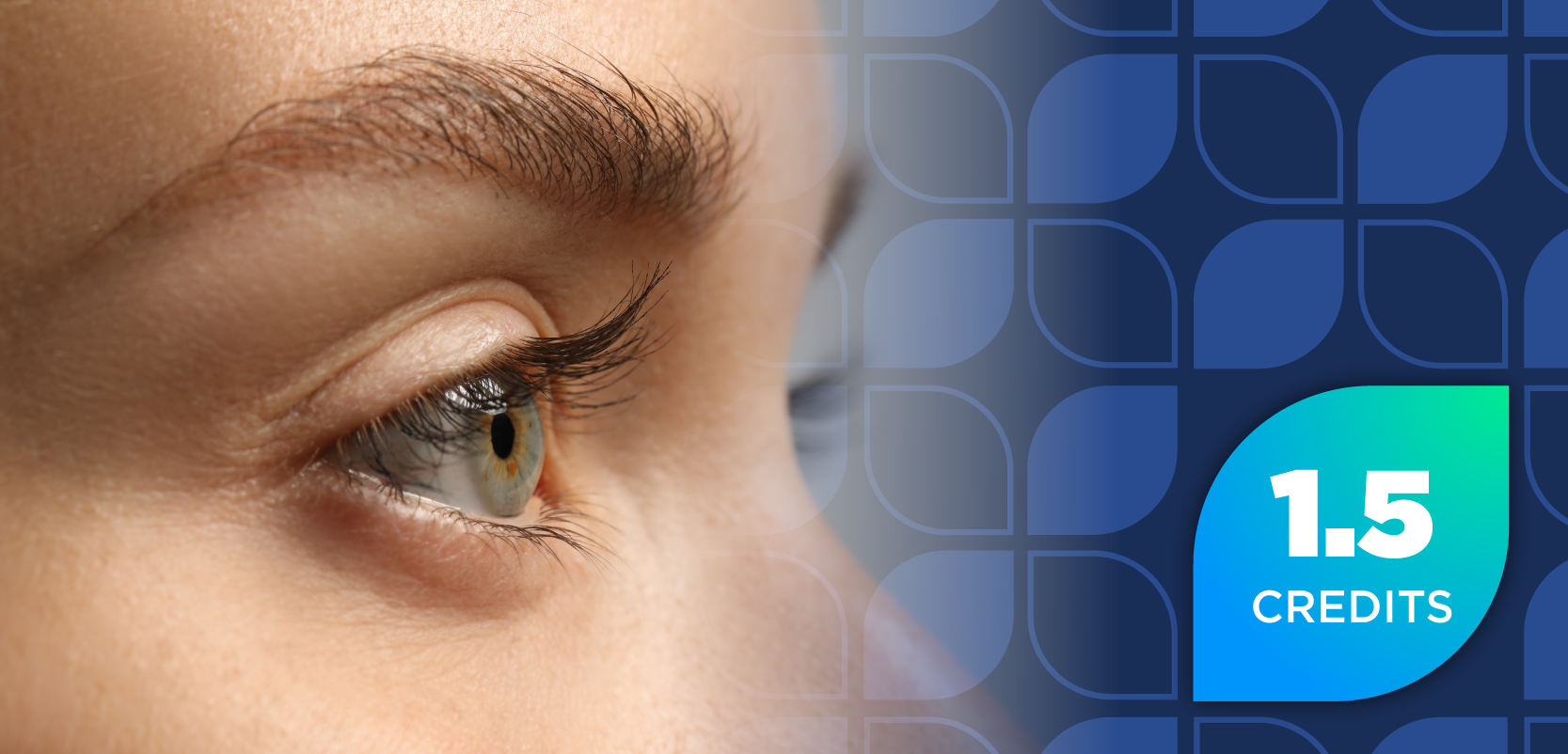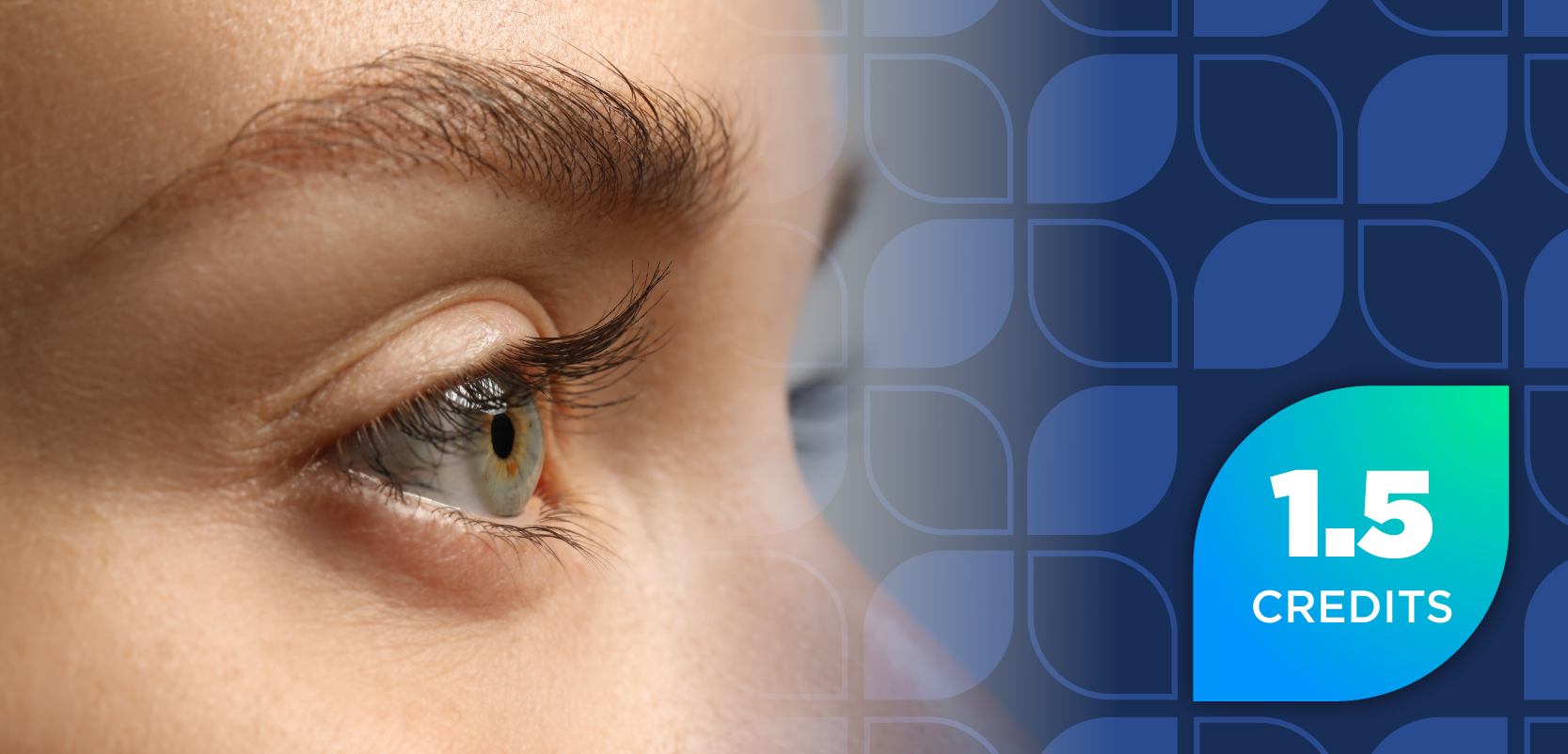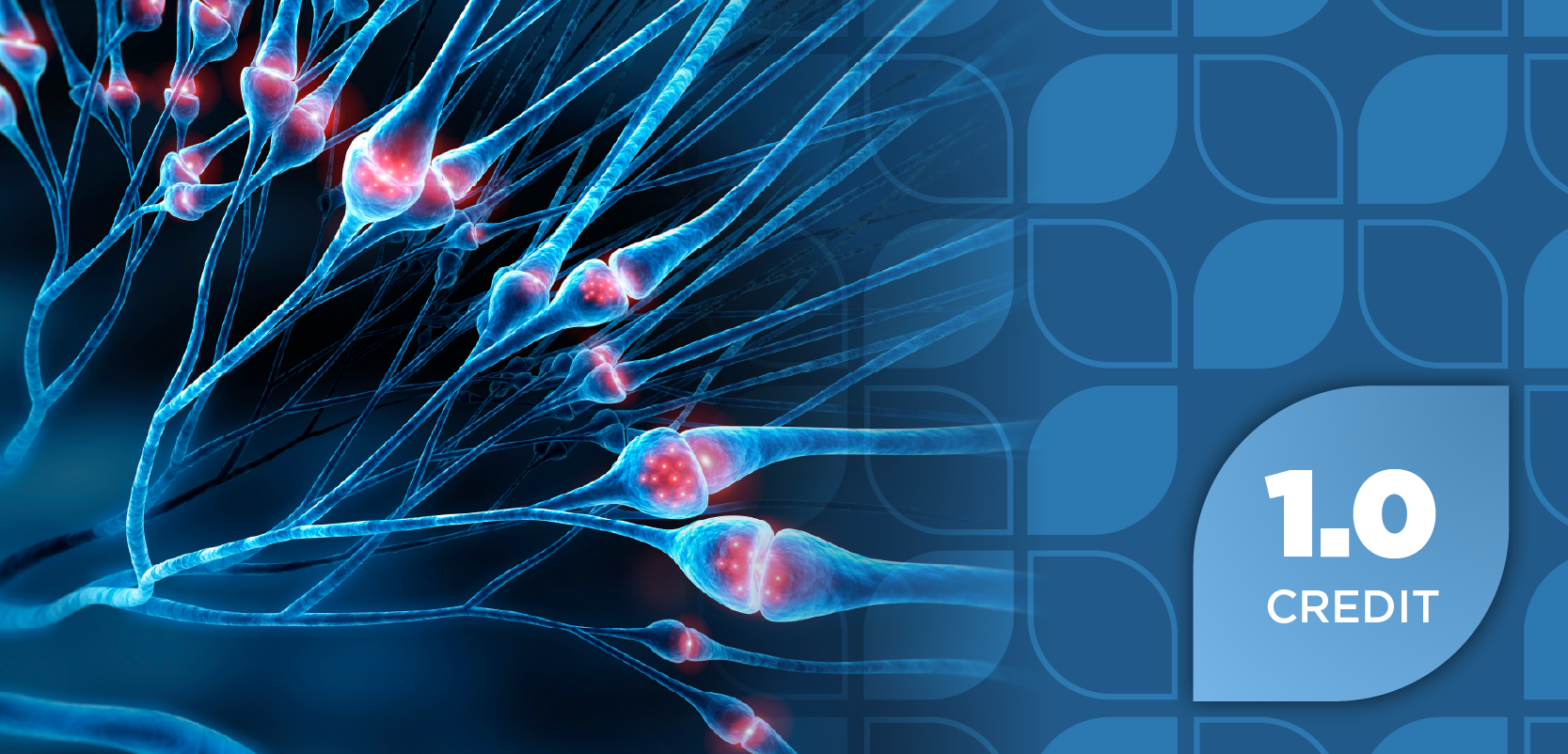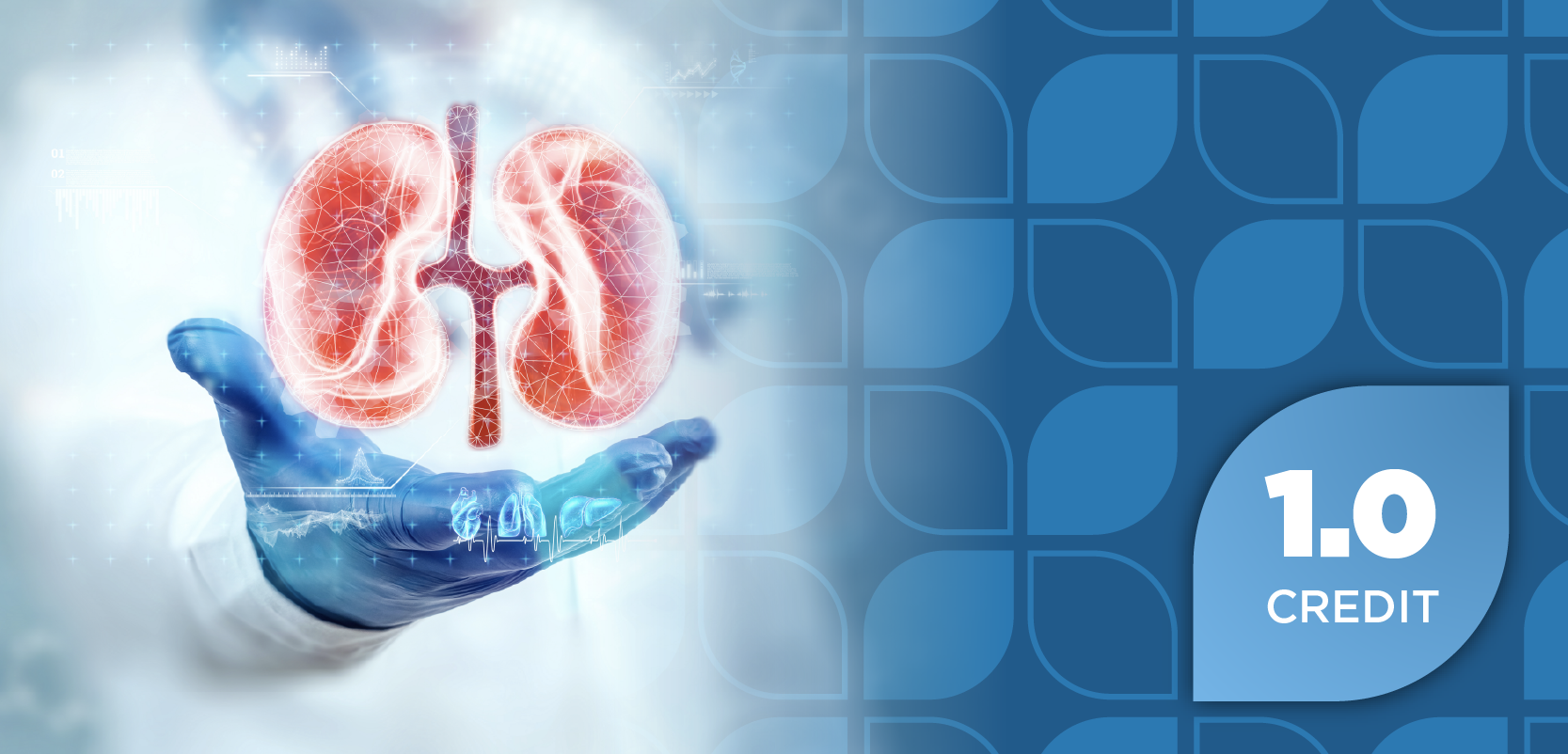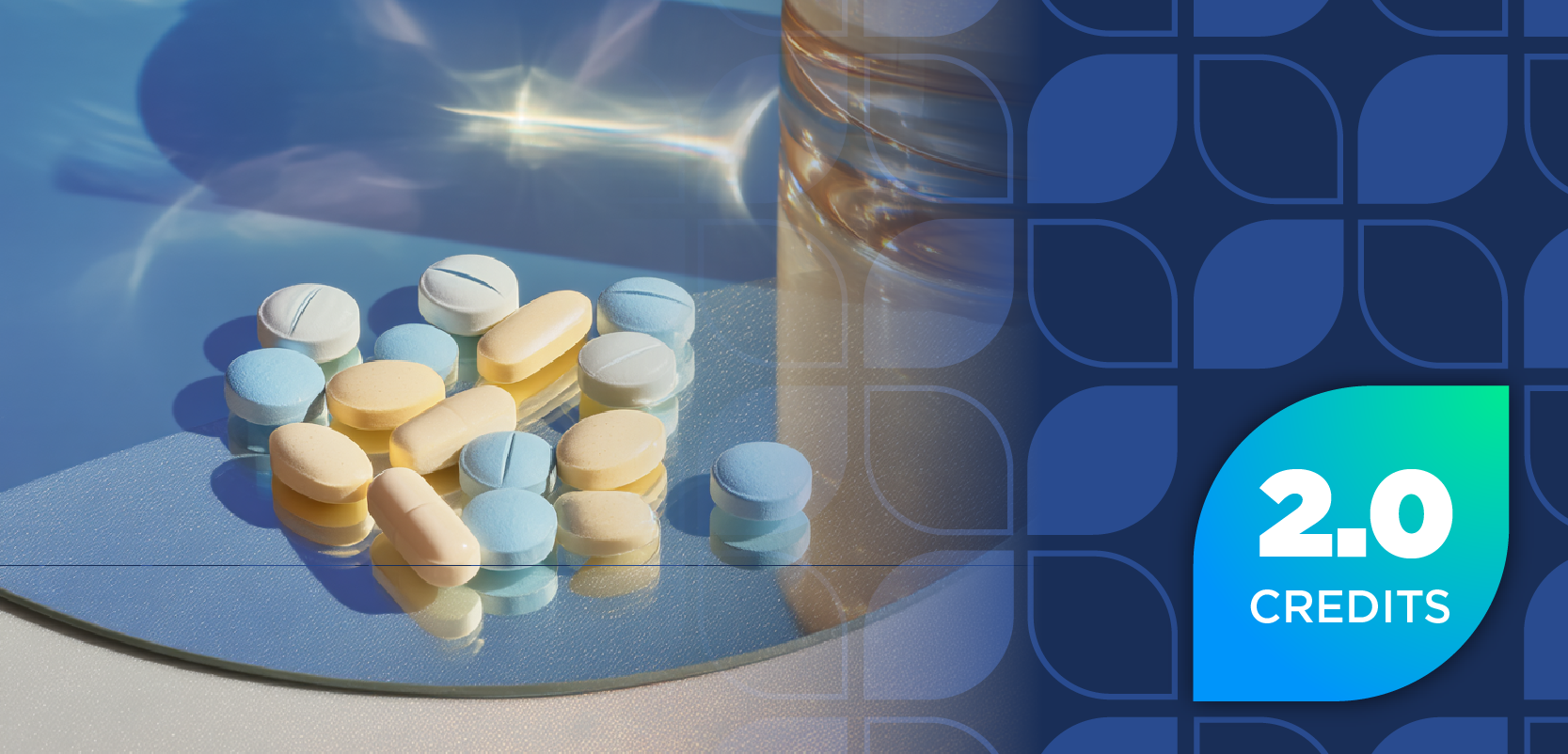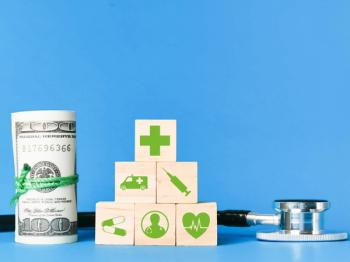
How Many People Actually Get Screened for HIV?
Using national electronic health record information on more than 40 million patients over a 20-year period, researchers have found that the proportion of Americans older than 18 years who have had a prior HIV test could be as low as 6.4%. However, they noted several limitations of their analysis.
Both the CDC and the US Preventive Services Task Force recommend population-based screening for HIV at least once in a person’s life. However, new findings are offering disappointing results on how many people may actually get screened.
Using national electronic health record (EHR) information on more than 40 million patients over a 20-year period (1999-2018), researchers have found that the proportion of Americans older than 18 years who have had a prior HIV test could be as low as 6.4%.
The figure is vastly different from national survey estimates indicating that 42.5% of the population has been screened, and the researchers noted these studies have relatively low sample sizes and inherent survey biases.
“While our estimates were significantly lower than those reported by the CDC, it should be noted that no study has yet determined whether single-item questions on national surveys of HIV screening corroborate with objective evidence of screening,” they wrote.
However, the researchers also poked holes in the validity of current EHR use to determine screening rates, which was used in their research. They used the cloud-based Explorys database, which deidentified and standardized aggregate data from 26 integrated US healthcare systems across all 50 states.
Among the 45.5 million patients, nearly 3 million had evidence of a prior HIV test. The most important predictor of screening was insurance status. However, females, African Americans, and those between the ages of 25 and 34 years old were also more likely to be tested.
The researchers acknowledged that their study was limited by hospitals systems that do not report HIV laboratory data to the EHR used or that use anonymous HIV screening, and that information from patients who receive screening through non-hospital systems, such as county health departments and stand-alone sexually transmitted disease clinics, were not included in the EHR data. They added that the conversion from paper charts to EHRs for the included hospital systems may result in missing data since 1999.
“Although this study reveals the profound limitations of EHR data thus rendering it currently not useful for the study of HIV laboratory data, if these limitations can be addressed nationally, could-based all-payer databases may provide objective, daily up-to-date information on HIV screening daily,” wrote the researchers.
“Until then, studies using EHR or administrative claims data should interpret HIV laboratory data with caution as it may greatly underestimate the proportion of patients screened in the United States,” they concluded.
Reference
Niforatos J, Wanta J, Durbak E, Cavendish J, Yax J. Assessing the national prevalence of HIV screening in the United States using electronic health record data [published online June 20, 2019]. Cureus. doi: 10.7759/cureus.5043.
Newsletter
Stay ahead of policy, cost, and value—subscribe to AJMC for expert insights at the intersection of clinical care and health economics.


